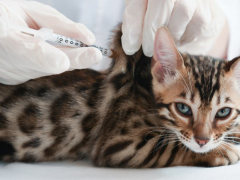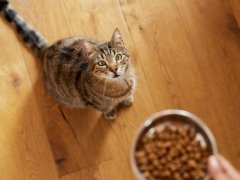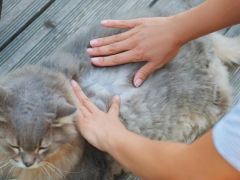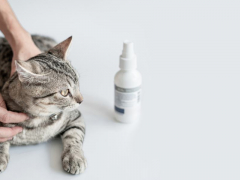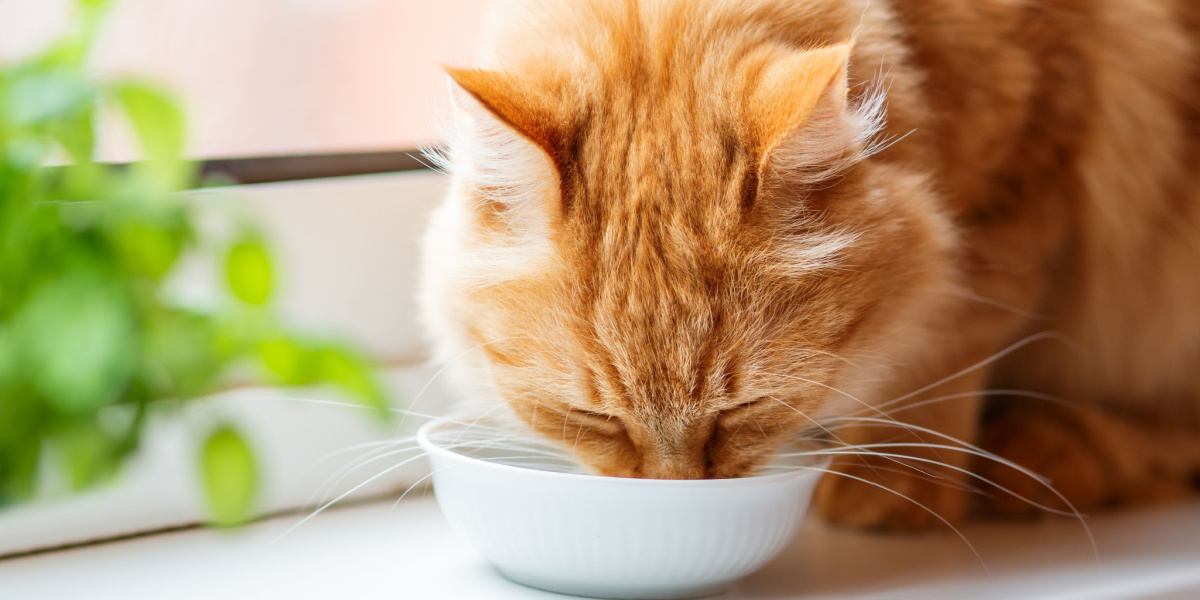
Pedialyte is an electrolyte rehydration solution that is commonly used in humans, especially young children. It can be used in some cases in cats to help replenish electrolytes and prevent dehydration. In this article, you’ll learn what Pedialyte is, why it’s different from sports drinks, basic guidelines for using it, and some frequently asked questions.
Pedialyte for Cats Overview

About Pedialyte for Cats
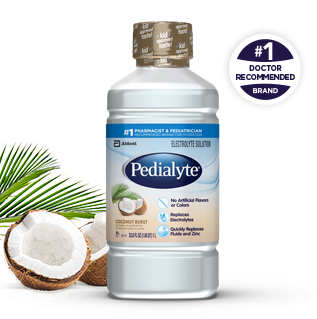
Pedialyte is sold for humans, but it can be used for cats in some cases.
Pedialyte is a common over-the-counter oral rehydration solution popular in homes with young children to help prevent dehydration and replenish electrolytes when vomiting and/or diarrhea is contributing to fluid and electrolyte losses. Important electrolytes that Pedilalyte contains include sodium, potassium, and chloride.
Adults may also use Pedialyte for similar reasons or as a lower-sugar alternative to sports drinks like Gatorade or Powerade, which typically contain higher amount of sugar.
Pedialyte most commonly comes in a 1 liter container of liquid, though a powdered form for mixing is also available. There are many sub-varieties of Pedialyte for use with sports, immune support, and a few others.
Pedialyte can be used in cats, but usually with some degree of moderation, and only for mild cases of illness. In these cases, most veterinary experts recommend using unflavored classic Pedialyte.
Also Read: Dehydration In Cats: Symptoms, Causes, Diagnosis & Treatment
What Is the Difference Between Pedialyte and Sports Drinks?
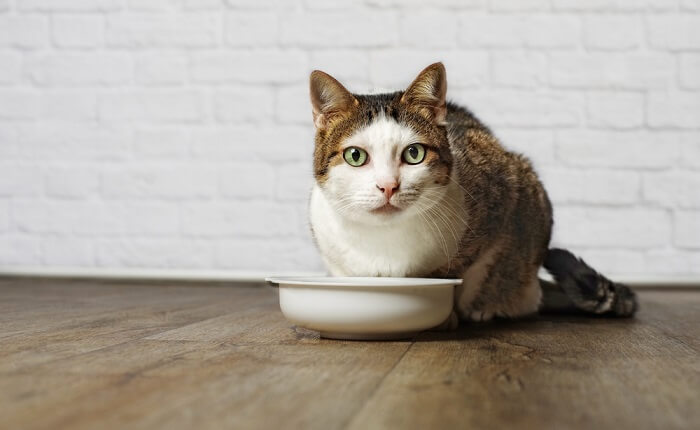
Pedialyte replaces vital electrolytes but does not contain excess sugar.
Understanding how Pedialyte is different from a sports drink like Gatorade or Powerade is very important. The main difference is the sugar content. Pedialyte does contain some sugar, but it is much lower than a typical sports drink.
Sports drinks are designed to provide quick rehydration and energy when you’re actively sweating and using up your body’s energy stores with exercise. Pedialyte is intended more for rehydration from loss of electrolytes due to vomiting or diarrhea.
The reason we want to use a product with lower sugar content is because consuming something with higher amounts of sugar can actually make diarrhea worse by stimulating the digestive tract to release more fluid and electrolytes.
Also Read: Feline Hypoglycemia: Causes, Symptoms, & Treatment
What Does Pedialyte Do for Cats?
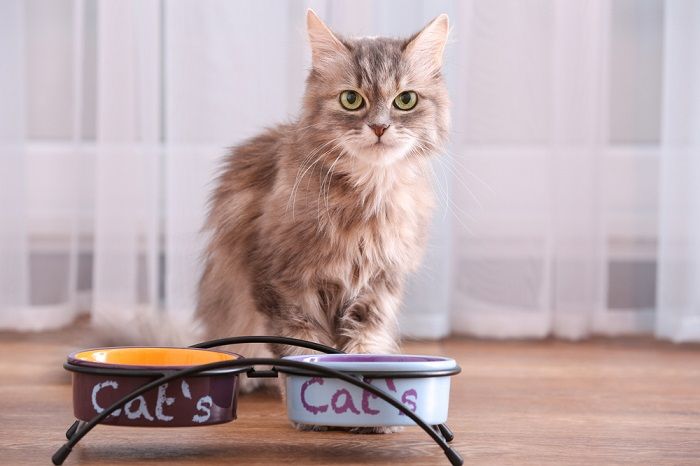
Pedialyte may be used in moderation for cats suffering from fluid loss due to mild stomach upset.
Pedialyte may be used safely in cats in moderation for mild cases of GI fluid loss (such as occurs with vomiting and diarrhea), or when cats are not consuming enough food or water and electrolyte loss is a concern. When discussing Pedialyte for cats, it’s best to use the classic, unflavored form that comes in the common 1 liter size. Pedialyte is not intended for use on a regular basis or as a daily support supplement.
So when is it most appropriate to use? Generally, we’re talking about supportive care for mild cases of GI upset lasting for less than 12 to 24 hours. The goal with Pedialyte is to prevent dehydration or help with mild dehydration. In cases of more severe dehydration from GI fluid losses or with signs lasting over 24 hours, veterinary care should be sought out versus continued efforts with at-home therapies.
Although some pet owners understandably might feel that hydrating orally at home seems kinder than the stress of taking a cat to the veterinarian for injectable fluids, the reality is that injectable fluids will be absorbed much faster and more completely by the body. In cats, a veterinarian can administer fluids in spaces under the skin without needing to place an intravenous catheter, which is almost always needed in people.
Although more intensive emergency cases might require IV fluids, many outpatient cases of cats with vomiting or diarrhea can be treated with subcutaneous fluids, which takes only about 10 to 15 minutes to administer.
Also Read: Fluid Therapy For Cats
Side Effects of Pedialyte for Cats
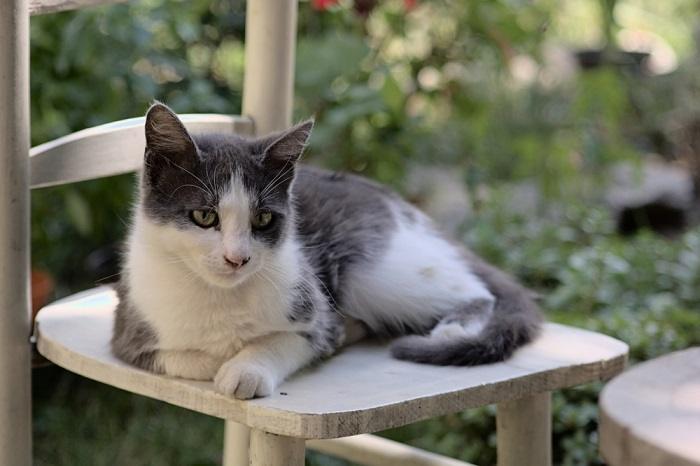
When giving Pedialyte to cats, it’s best to use the unflavored classic version.
When used in moderation, Pedialyte is generally safe to use in cats. It is not labeled for cats however, so it is always best to check with your veterinarian to make sure using Pedialyte at home is OK with your cat’s medical history.
The main concern about any rehydration solution is that a higher sugar content might worsen a condition. That’s why it’s best to use unflavored classic Pedialyte.
Although some raise the concern about the zinc content in Pedialyte, Pedialyte is not considered to be a major risk for zinc toxicity. The milligram amount of classic Pedialyte per 12 ounces is very small at 2.8 milligrams. The 50% lethal dose (LD50) for zinc has been proposed to be 100 milligrams/kilogram or about 450 milligrams for an average 10 pound cat. Given the guidelines for administration to follow, no cat should be getting close to this dosage of concern using Pediayte.
Also Read: Furosemide For Cats: Overview, Dosage & Side Effects
Pedialyte for Cats Dosage

Before giving Pedialyte for rehydration, talk to your vet to be sure it’s advisable for your cat.
There is no firmly established dosage for cats for Pedialyte. It is always best to discuss any at-home therapies with your veterinarian first to help determine if a veterinary exam would be advised instead of continued home therapy.
The following guidelines have been developed based on common recommendations and clinical experience of the author. For mild GI fluid losses (vomiting or diarrhea) or loss of appetite lasting less than 12 to 24 hours:
For cats actively drinking on their own: For larger kittens weighing 5 pounds or more and for average adult cats, start with 1 teaspoon paired with 3 to 4 tablespoons of water in a water dish for cats that are still actively drinking. A small amount of tuna juice can be added and mixed with the solution to aid in palatability. If a cat is actively drinking and holding down fluids, this mixture may be provided as often as every hour. Plain water should be provided in between.
For an adult cat that is not actively willing to drink: A small syringe (without a needle) can be used to carefully administer fluid by mouth. 1 to 2 milliliters of Pedialyte (about ¼ to ½ teaspoon) can be administered at a time not more often than hourly. A small amount of tuna juice mixed in might help with palatability.
Whenever administering fluid by mouth, there is a potential risk of aspiration, where fluid is inhaled instead of swallowed, which can lead to very serious complications. Fluid administered by syringe should always be directed in the cheek pouch or inserted toward the front of the mouth to allow time for the cat to swallow.
Administer fluid in ½ to 1 milliliter increments to allow time for the cat to swallow on her own. Never forcefully administer a larger volume far back in the mouth, as this greatly increases the risk for aspiration.
For kittens: For neonatal kittens still on a milk-based diet, a small amount of Pedialyte can be mixed with kitten milk replacer (KMR) formula for added electrolyte support. This should not exceed about ⅛ to ¼ of the total administered fluid volume. Pedialyte can be added to free-feeding bowls with KMR and canned food, or can be administered with a syringe or dropper bottle with KMR.
In neonates, Pedialyte can also be given on its own with an eye dropper to a dehydrated kitten, giving a couple of drops every 30 minutes to an hour for electrolyte support.
For a non-neonatal kitten weighing less than 5 pounds, you can aim for a volume of ½ to 1 milliliter hourly.
Also Read: Kidney Failure In Cats: Symptoms, Diagnosis, & Treatment
Pedialyte for Cats: In Summary
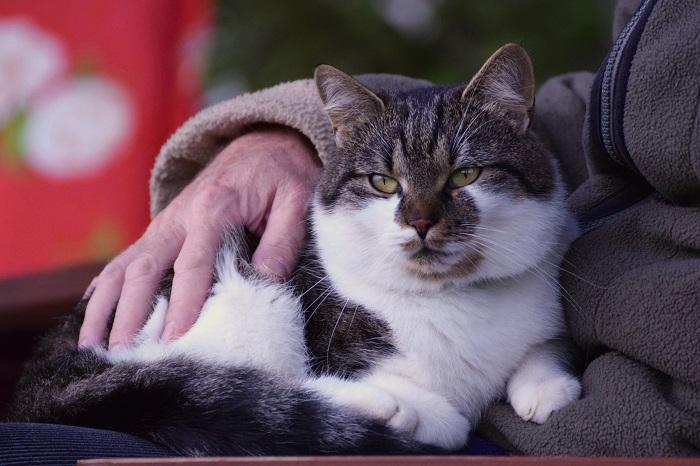
Cats should see a veterinarian if they have GI symptoms lasting more than one day, moderate to severe fluid losses, or have not eaten in 24 hours.
The oral rehydration solution Pedialyte can be helpful for replenishing electrolytes and preventing dehydration in cats with a recent onset of mild signs of vomiting or diarrhea. It is safe to use when given in moderation, only when needed, and early on.
In cats with chronic GI illness, moderate to severe fluid losses, and for cats that have inappetance for more than 24 hours, pursue veterinary care. Any cat or kitten that appears weak or lethargic along with signs of illness should also be seen as soon as possible by a vet before additional home remedies are attempted.
Drug Dosing Disclaimer: We are only able to provide doses for medications that are FDA approved for use in cats and only as the label guidelines dictate. For medications that are used off-label we can only provide guidelines and safety information for use. Safe and appropriate dosing for off-label medications can only be determined by a primary care veterinarian.
We encourage you to work with your veterinarian to determine if a particular medication is appropriate for your cat. Changing or adjusting a dose for your cat on your own without consulting with a veterinarian can carry risk. We do not encourage use of medications prescribed for human use in pets without first consulting with a primary care veterinarian.
